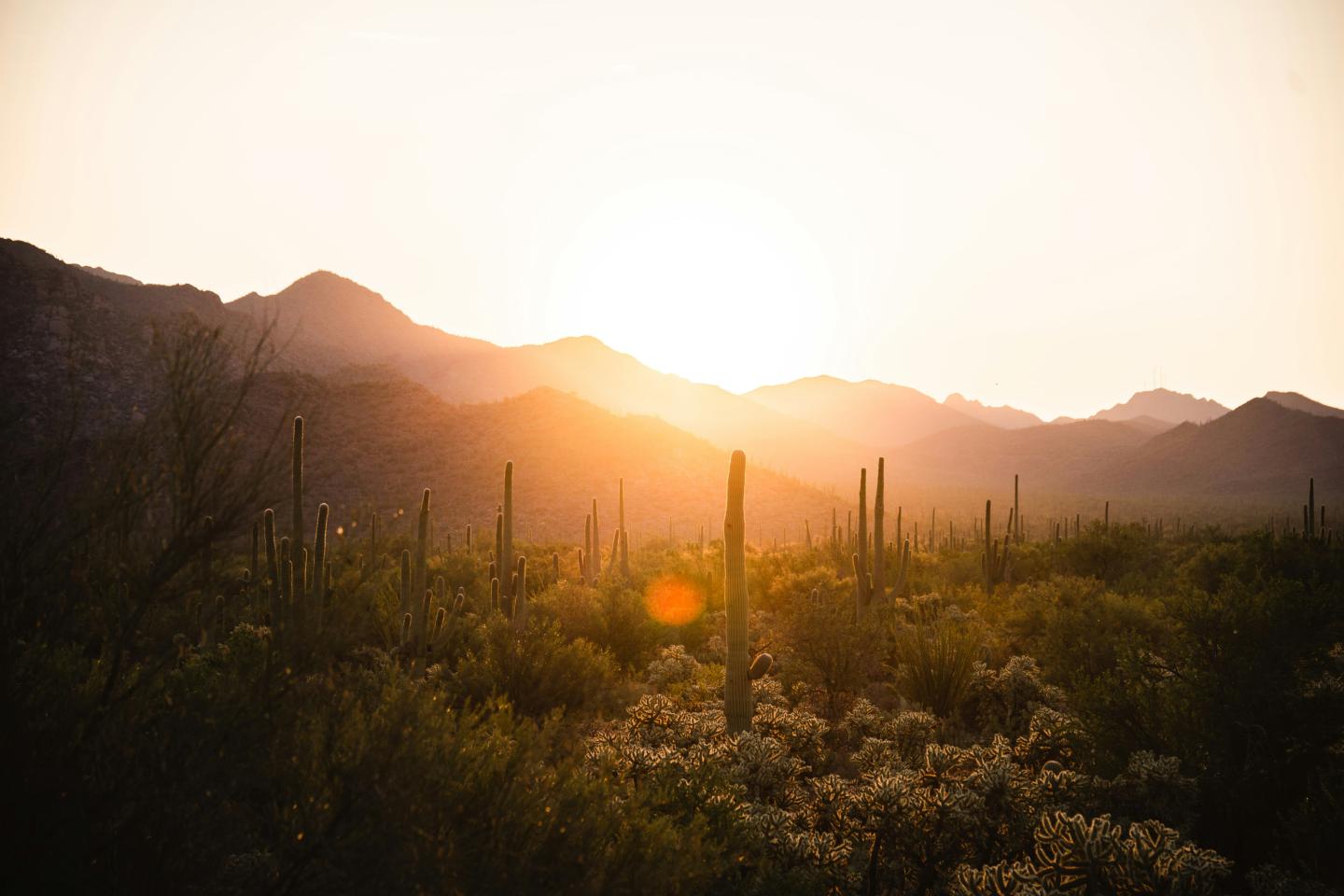
Change comes to Frijoles Canyon
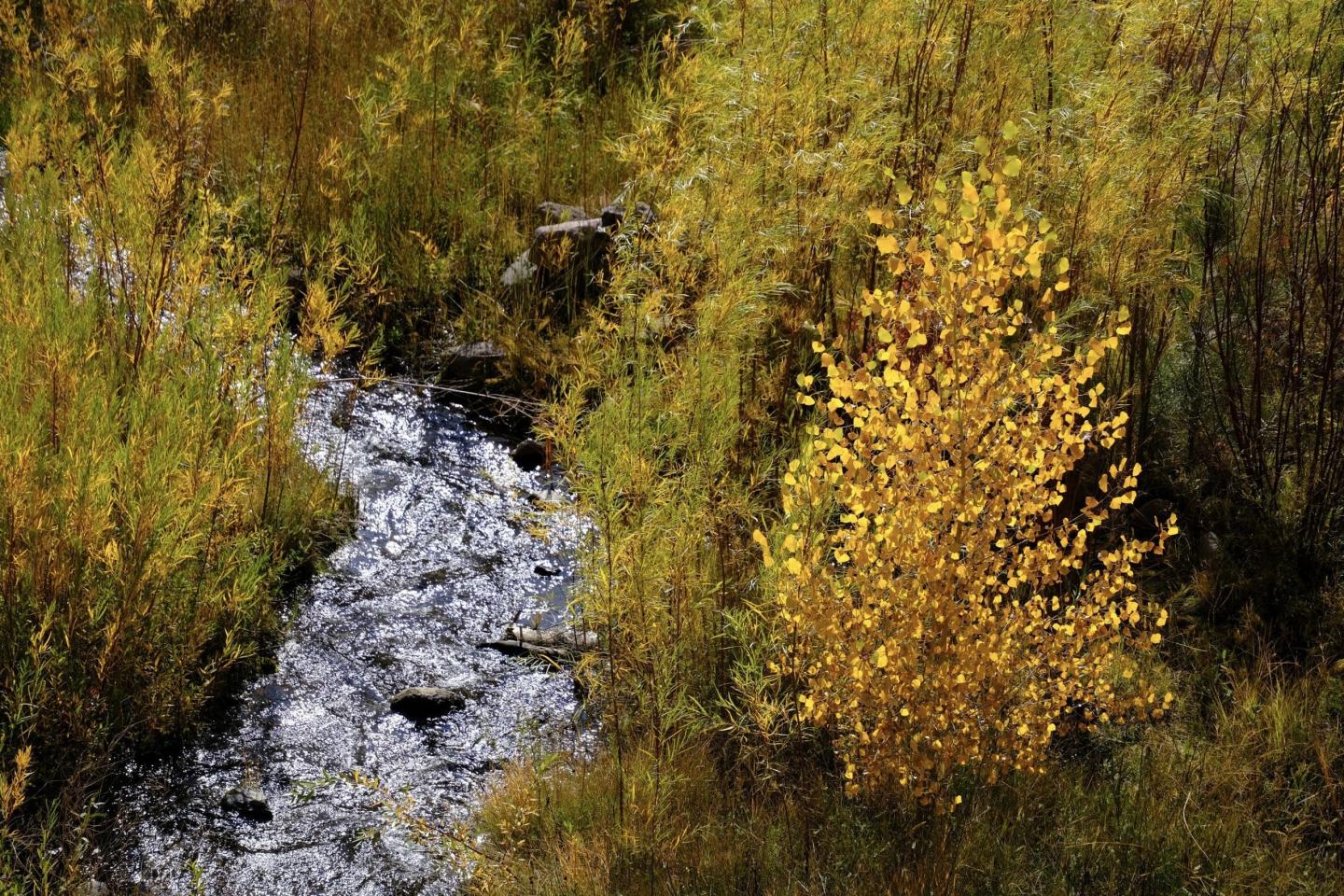
Each Fall Frijoles Canyon transforms into a glittering landscape of golden cottonwoods and the sky fills with the chatter of Sandhill Cranes. I stop, look up, just as the Ancestral Puebloan People did before me, and bear witness to birds flying south to their wintering grounds along the Rio Grande. I mark seasons with the flight of cranes. Their passage is a cue that my time at the park is coming to an end until next Spring.
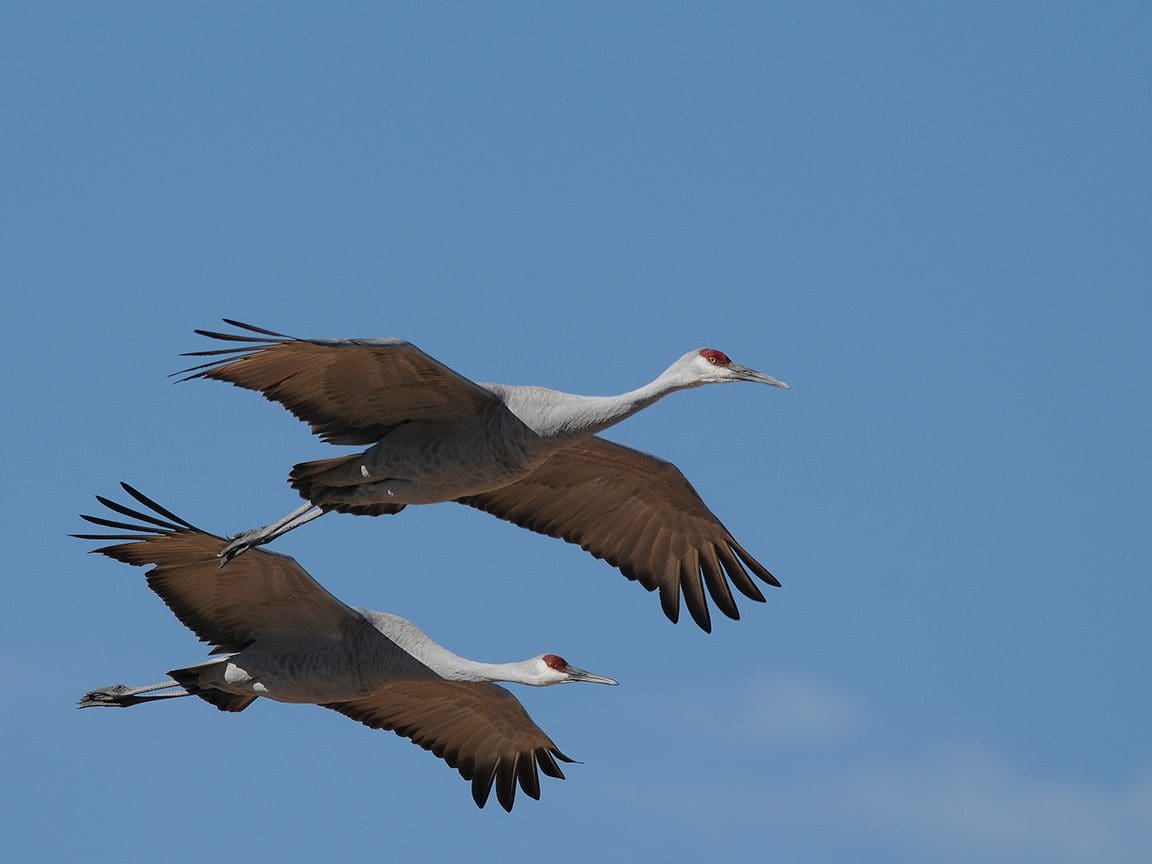
Autumn leaves and birdsong have served as my calendar since I first entered Frijoles Canyon over twenty years ago. As each day advances towards the chill of winter, the sounds of insects, once robust, become faint. Soon the crickets and cicadas will be silent. From the treetops the plaintive one-note call of the Townsend’s Solitaire punctuates the stillness of morning. Songbirds that nested in higher elevations begin to form winter flocks in the canyon. Juncos, Chickadees, and Nuthatches take refuge in shrubs and tall grass where they peck at seeds, the remaining spoils of summer.
The patterns of birds are my constants within change. These ideas stand in opposition to each other; yet operate to weave a tapestry of knowing into an unknown world. I pack my belongings; it is my turn to leave again. I toss another book into a box, noticing the title, Lady Of The Canyon; Evelyn Cecil Frey, A Tribute.
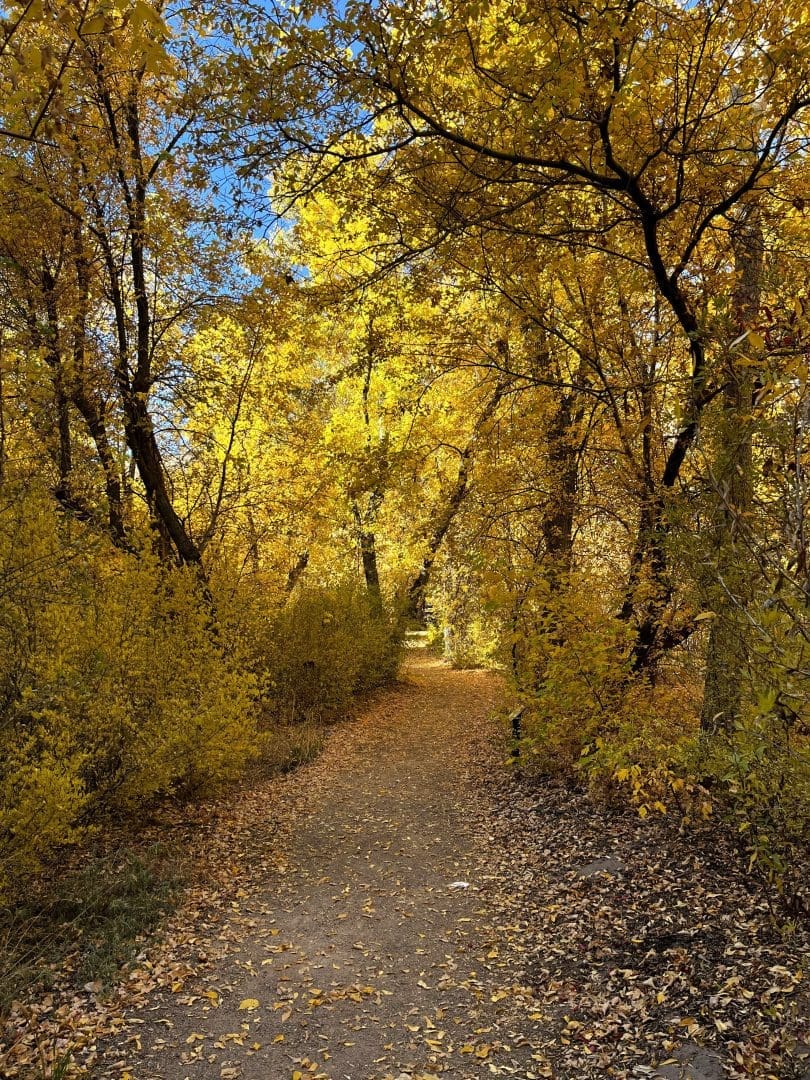
Evelyn Frey witnessed the complexity of change during her sixty-three years in Frijoles Canyon. In 1925, 33-year-old Evelyn, her husband George and ten-month-old son, Richard entered the canyon on the backs of mules. The Freys came to Frijoles Canyon to operate the Lodge of the Ten Elders. They planted 75 fruit trees in a landscape that was once occupied and farmed by the Ancestral Pueblo People. Apples, peaches, plums, apricots, pears, cherries, and raspberries grew in their irrigated orchard. Evelyn found her new life quite agreeable, although the changes she would witness while living in Frijoles Canyon, until her death in 1988, were unimaginable in scale.
In her personal life, her husband George, abandoned their marriage and her beloved son Richard died at the age of 23. The home Evelyn loved so dearly was razed and a new lodge was built in 1939 by the Civilian Conservation Corp. Along with the new lodge came the first road into the canyon. Perhaps the biggest change of all came in 1941 when the United States entered World War II. In December of 1942, the army took over Los Alamos and soon thereafter requested the right of entry to the lodge. Scientists were brought to Los Alamos to work on a secret project, one that had immense consequences for the World. The fruits of the Manhattan Project were realized in August of 1945 when the devastating atomic bomb was dropped on Hiroshima and Nagasaki. Despite the global consequences of the bomb, life in the canyon continued for Mrs. Frey.
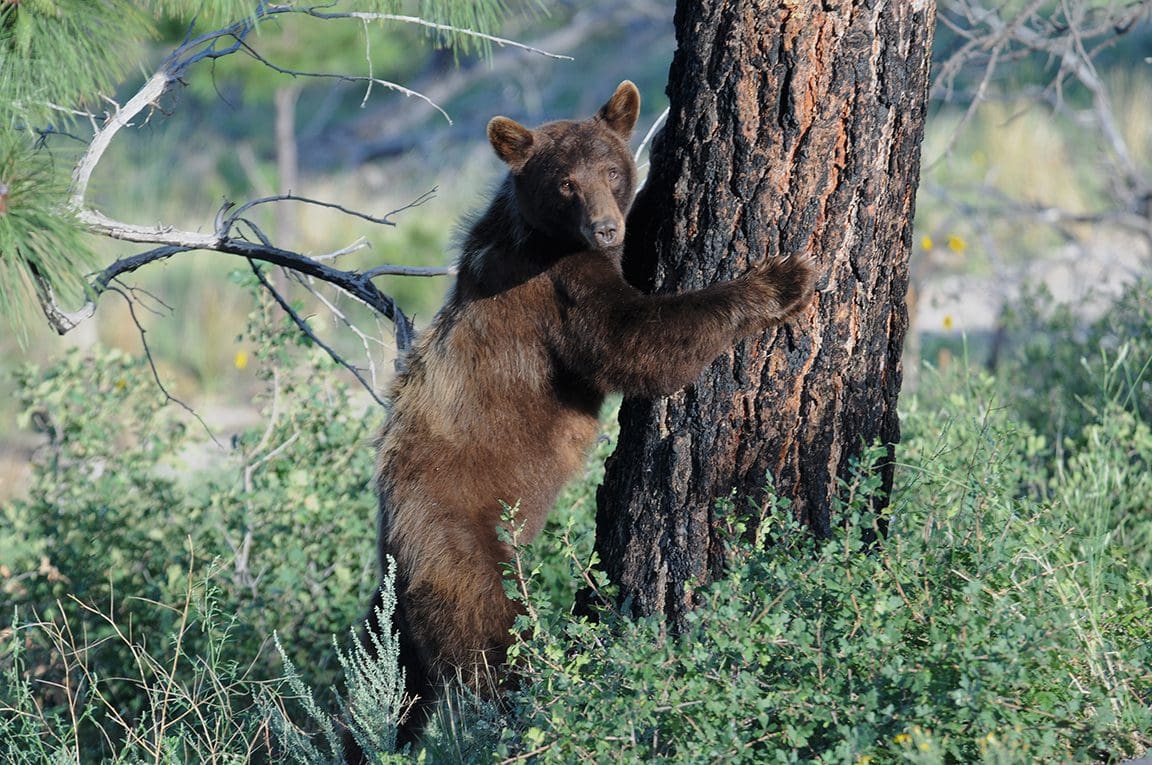
Today, some of her apple and pears trees remain, but the peach, apricot, and cherry trees are long gone. Each year, deer and bear gather in the orchard to savor the bounty of ripe fruit. Not long ago, I watched a bear standing on two legs in the orchard eating apples and wondered if Mrs. Frey had experienced the same pleasure. What would Mrs. Frey think about all that has occurred in Frijoles Canyon since her arrival in 1925?
In the years following my first season at Bandelier, northern New Mexico would enter a drought so severe that weakened pinon and ponderosa would succumb to native beetles, leaving skeletons where trees once grew. Year after year, we record our hottest and driest years on record. Drought is not a new phenomenon in the American Southwest, nor is heat. The Ancestral Pueblo People, who depended on the rain for their survival, suffered the effects of periodic drought. In fact, extended drought was a major factor in their migration closer to reliable water sources along the Rio Grande River. However, these devastating droughts didn’t produce the catastrophic wildfires lit by human caused climate change.
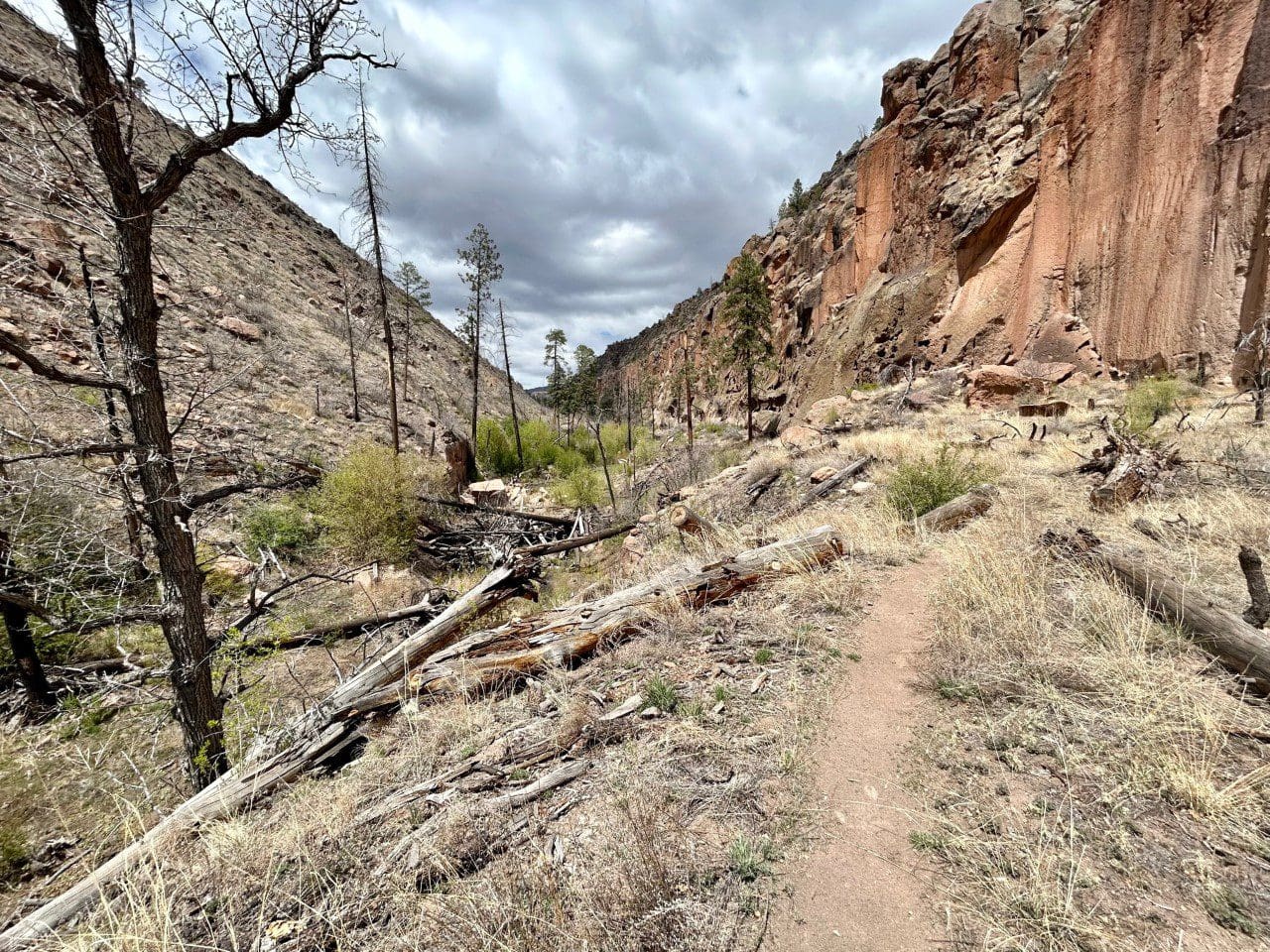
In 2011, the Las Conchas fire swept through the monument burning two thirds of our park. Some canyons were wholly scorched, others were spared. Without vegetation to soak up the rain, summer floods roared down canyons; tumbling boulders, burned trees, and piled silt along the once peaceful creeks. Historic bridges were swept away. The landscape became unrecognizable, Bandelier has been permanently altered in my lifetime.
We might never see the same species regrow after catastrophic fires in a landscape that begs for rain. As a park, we do our best to tell these stories. I look across the canyon and wonder what previous inhabitants would think. There’s no way of knowing. I do know, at least for now, cranes will grace our sky in February on their northern flight, crickets will reclaim the sound of summer and bear will find their way to the orchard next fall. It is our responsibility, as rangers, visitors and as a community, to ensure this special place continues to exist within change.
By: Theresa Ferraro
Park Ranger at Bandelier National Monument



